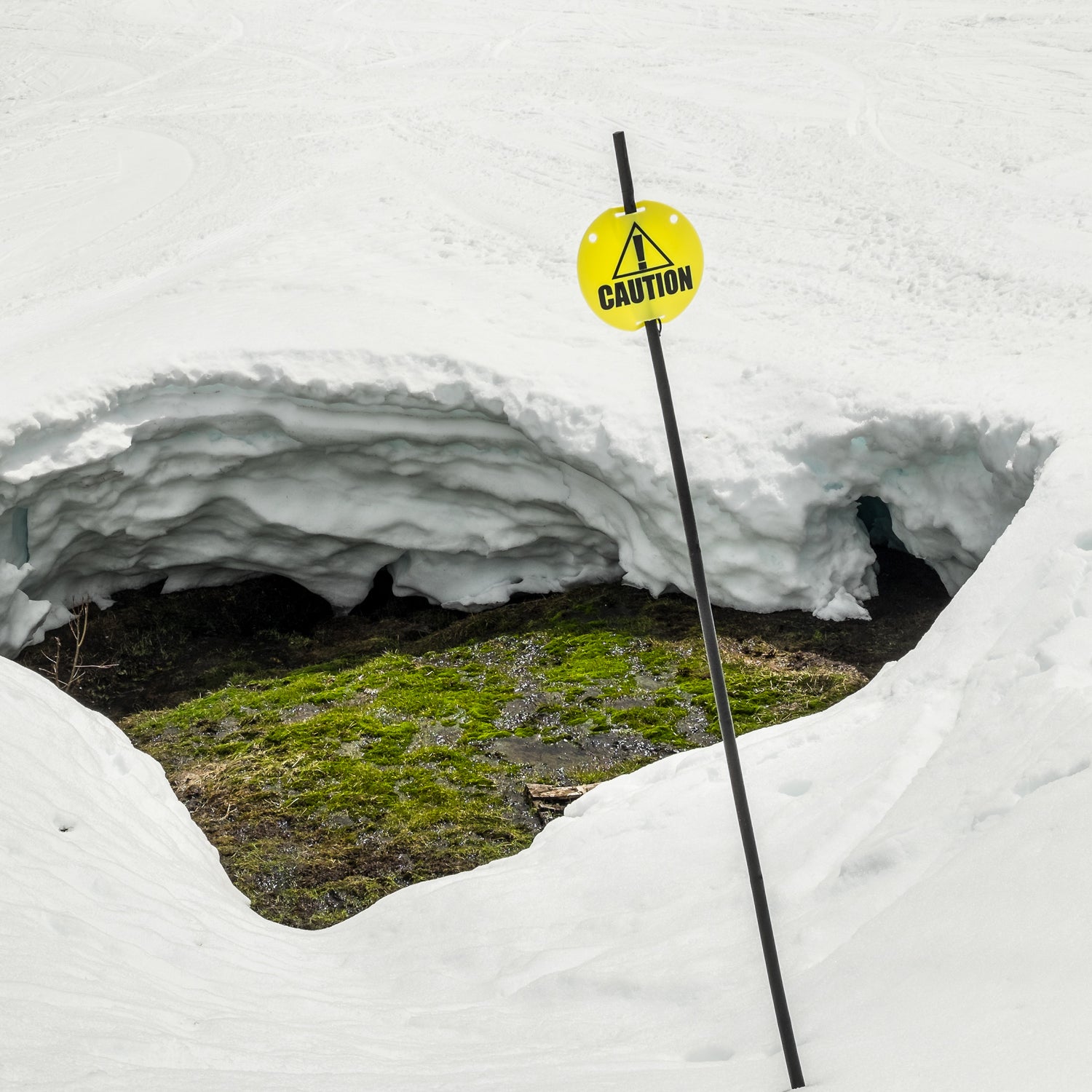It's been a bad winter for skiing. And more than just being a drag on weekend plans or limiting some resorts to operating with only a few runs (if any), less snow on the mountains is a big hit on the economy. People make fewer trips to the resort, which means resorts hire fewer staff. The local restaurants, bars, and hotels all feel a little empty.
by Protect Our Winters (POW), a climate advocacy group based in Colorado, says a low-snow year can cost the ski resort industry more than $1 billion and 17,400 jobs, compared to an average season. These numbers result from comparing snowfall records with spending habits from 2001 to 2016, so they don’t even account for this winter, which has been the worst along the Rockies since the 1960s, when researchers started keeping detailed snowpack records. POW’s data has serious implications for the snow-sports industry. As climate change worsens and snowfall becomes less reliable, resorts see less business. If it gets too bad, some resorts might close altogether, which would have economic consequences far beyond the slopes.
“In mountain towns across the United States that rely on winter tourism,” the report says, “snow is currency.”
Resorts this year , , and have closed early or shut down entirely because of low snow. Others have relied heavily on snowmaking machines. And some resorts have had to rethink how they approach low-snow seasons, like in Lake Tahoe, where the Heavenly Mountain Resort says it will on some runs to make it easier to ski with less snow. “The height of these natural features can require up to five feet or more of snow coverage before runs can be opened,” according to the . “During low snow years, a great deal of energy and water resources for snowmaking is required to provide enough snow on these trails so they can be safely opened.”
In 2016, more than 20 million people skied, snowmobiled, or snowboarded. And according to POW, these people added $11.3 billion to the U.S. economy through buying gear, resort tickets, hot chocolate at the lodge, hotel rooms, gas, groceries, restaurant meals, and drinks in bars. In a good season with plenty of snow, that figure can go way up.
The logic that drives the number in the report is pretty intuitive. Falling snow is the best marketing for ski resorts, and according to POW’s report, a season with good snow adds $692.9 million to the U.S. economy and more than 11,800 extra jobs because people visit resorts more often. Low-snow seasons have the opposite effect. POW’s study shows that although roughly the same number of people visit resorts each year regardless of the snow level, they make about 10 percent fewer trips. California is the most sensitive to that fluctuation. In a good season, high snow levels could add $175 million to the economy. A poor season, however, cuts $250 million.
Thanks to climate change, big swings in the weather are predicted to get much worse. About two generations into the future, by 2080, the average temperature in the Rocky Mountains during ski season is expected to rise nine degrees, which will lead to 16 percent less snow, according to POW’s report. That means many fewer ski days overall. And in the southern Rockies of Colorado and New Mexico, it could spell the end for some resorts—which could devastate entire mountain-town economies.
Overall, the report reinforces what a lot of people working in or studying the winter-recreation industry assumed. Quantifying the difference between a good and bad snow season gives resorts and climate advocates tools to help argue for cutting carbon emissions, or at the very least gives them a reason to further study the effects of climate change. If money is motivation, losing $1 billion to a bad season should provide plenty. But while this might help discussion about climate change going forward, snowpack has been declining in the Rockies for more than 30 years. Drier winters and shorter ski seasons will likely become the new norm.
“We know the facts,” the POW reports concludes, “and need not lay them out again here in detail: snowfall is diminishing, and the economic consequences are severe. The rising monetary toll is dwarfed by the emotional insult of a lifestyle in decline.”


